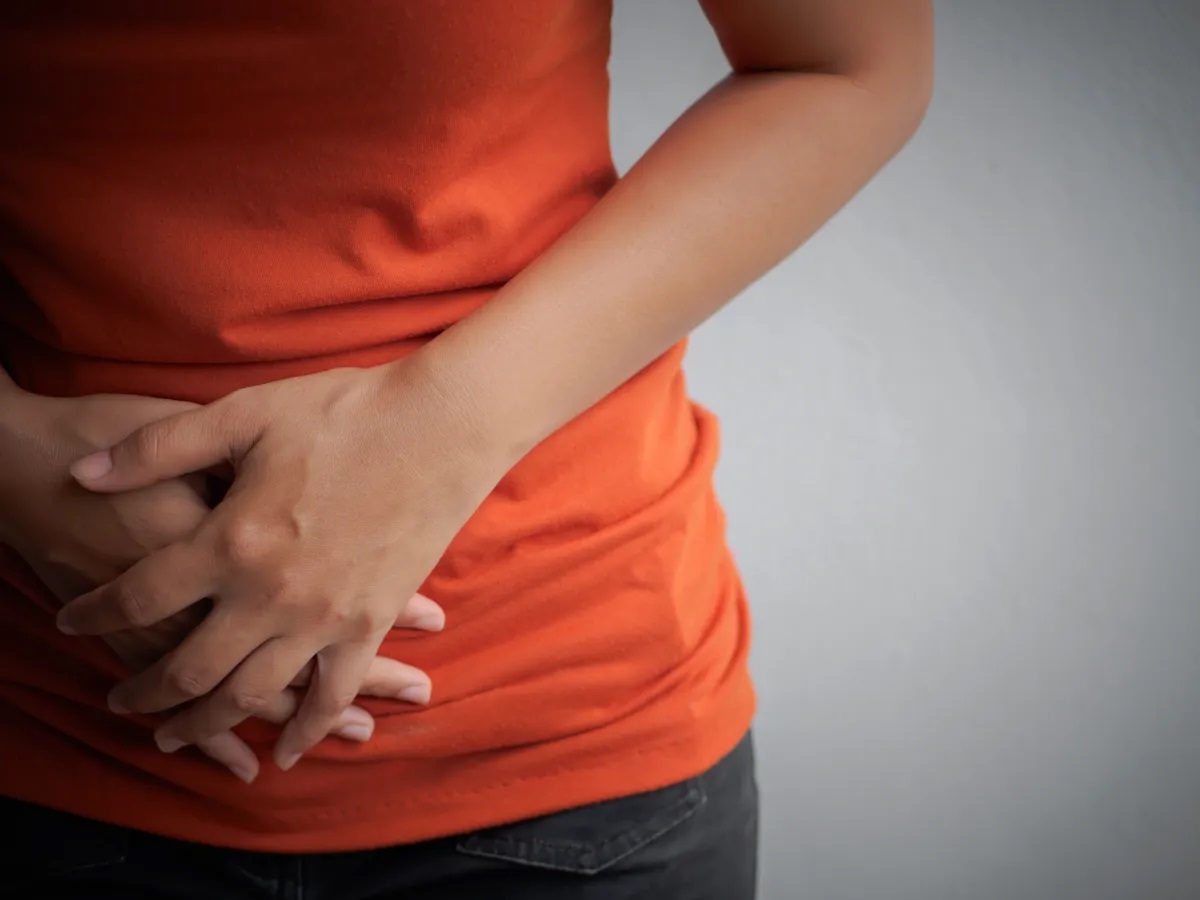Abdominal pain is a common symptom that can be caused by a wide range of health issues. The location of the pain can provide clues to the underlying cause of the pain. In this article, we will explore abdominal pain in different quadrants and the clues to identify underlying health issues.
Understanding Abdominal Pain
Abdominal pain is pain that is felt in the area between the chest and the pelvis. The pain can be sharp, dull, crampy, or achy, and can be accompanied by other symptoms such as nausea, vomiting, diarrhea, or constipation.
Abdominal pain can be caused by a wide range of health issues, including:
- Gastrointestinal issues, such as irritable bowel syndrome (IBS), inflammatory bowel disease (IBD), or gastroesophageal reflux disease (GERD)
- Reproductive issues, such as ovarian cysts or endometriosis
- Urinary tract issues, such as kidney stones or urinary tract infections
- Musculoskeletal issues, such as muscle strains or hernias
- Infections, such as appendicitis or diverticulitis
- Cancer
Abdominal Pain in Different Quadrants
The location of abdominal pain can provide clues to the underlying cause of the pain. Abdominal pain can be divided into four quadrants:
Upper Right Quadrant
Abdominal pain in the upper right quadrant can be caused by issues with the liver, gallbladder, or pancreas. Conditions that can cause pain in this area include:
- Gallstones
- Liver disease
- Pancreatitis
Upper Left Quadrant
Abdominal pain in the upper left quadrant can be caused by issues with the spleen, stomach, or pancreas. Conditions that can cause pain in this area include:
- Gastritis
- Pancreatitis
- Splenic rupture
Lower Right Quadrant
Abdominal pain in the lower right quadrant can be caused by issues with the appendix, colon, or reproductive organs. Conditions that can cause pain in this area include:
- Appendicitis
- Crohn’s disease
- Ovarian cysts
Lower Left Quadrant
Abdominal pain in the lower left quadrant can be caused by issues with the colon, reproductive organs, or urinary tract. Conditions that can cause pain in this area include:
- Diverticulitis
- Endometriosis
- Kidney stones
Identifying the Underlying Health Issue
The location of abdominal pain can provide clues to the underlying health issue, but it is important to seek medical attention to determine the exact cause of the pain. A healthcare provider will perform a physical exam, review the patient’s medical history, and may order diagnostic tests such as blood tests, imaging tests, or a colonoscopy.
Once the underlying health issue has been identified, treatment can begin. Treatment for abdominal pain will depend on the underlying cause of the pain. In some cases, lifestyle changes such as dietary changes or stress reduction may be recommended. In other cases, medication or surgery may be necessary.
When to Seek Medical Attention
Abdominal pain can range from mild to severe and can be a sign of a serious health issue. It is important to seek medical attention if the pain is severe, lasts for more than a few days, or is accompanied by other symptoms such as fever, vomiting, or rectal bleeding.
In addition, certain symptoms may indicate a medical emergency. Patients should seek immediate medical attention if they experience:
- Severe abdominal pain
- Chest pain
- Shortness of breath
- Dizziness or fainting
Conclusion
Abdominal pain is a common symptom that can be caused by a wide range of health issues. The location of the pain can provide clues to the underlying cause of the pain. Abdominal pain can be divided into four quadrants: upper right quadrant, upper left quadrant, lower right quadrant, and lower left quadrant.
Identifying the underlying health issue will require a physical exam, medical history review, and diagnostic tests. Treatment will depend on the underlying cause of the pain. Patients should seek medical attention if the pain is severe, lasts for more than a few days, or is accompanied by other symptoms.

